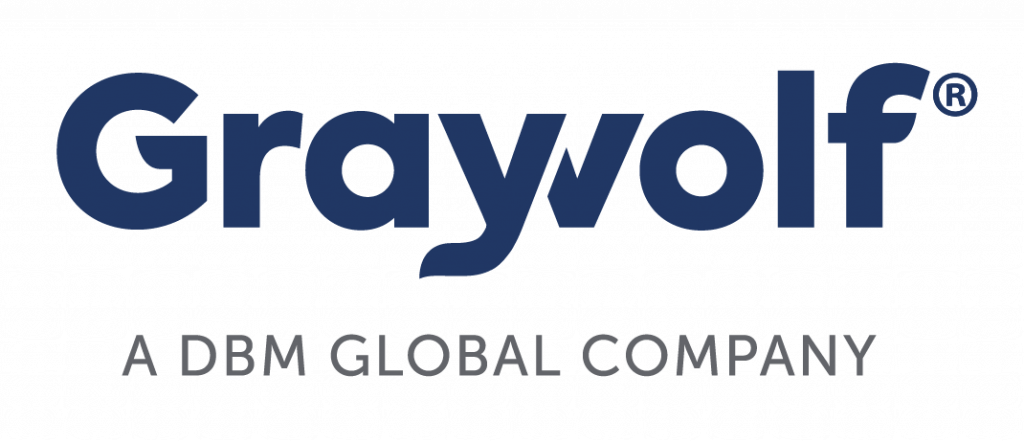
The Steel Supply Chain: FAQs
Steel Supply ChainTuesday March 1, 2022
Each quarter we share our internal Supply Chain Report where we also answer some questions we receive from our clients. Below are answers to some of the questions we felt would be helpful for our community.
Q2 2022
We continuously monitor several key leading indicators related to price volatility. We monitor employment rates which show construction activity levels, the Consumer Price Index (CPI) which tells consumer confidence, the G17 Industrial Production and Capacity Utilization metric which indicates demand from manufacturers, oil rig counts which reveal oil and gas production, auto production which shows demand for flat rolled coil and specialty products, the Architectural Billing Index (ABI) which shows future expected spend and market health for construction and import and export levels which reflect steel supply chain availability and market strength. All these indicators give us clues to where the market will go with regards to pricing. Each of them plays some role in what we can expect from future pricing.
Most of the steel we are purchasing comes from US mills. Only 5% is purchased from service centers. We do not buy raw steel from China since the duties make the cost prohibitive. We do buy steel from Europe and some Asian nations if time permits the longer lead times, and we can still meet the job schedule. In all cases we are looking for the most cost- effective way to buy steel while meeting the job schedules and material requirements.
EAF size and shape limitations do occur but only to the extent that super jumbo beams and plate cannot be made at EAF. This is due to a mill’s Rolling Mill capabilities and not because of the furnace type. As more mills install EAF furnaces we can expect a greater size range to be produced.
Q4 2021
There is no doubt that Covid-19 has had big impacts on both the supply chain and steel markets, but there are other factors that are rarely considered, that have had an even bigger impact on steel pricing.
Covid-19 direct impacts include the higher cost of employment, finding a good workforce, added costs for virus protection and cleaning, as well as the added cost of sick time when people are recovering from the virus.
However, the biggest impact has come from the unexpected factors. When Covid-19 hit, many steel mills closed melt and furnace capacity and over time, decided to not bring that tonnage back into the market. That tonnage is calculated to be between 14,000-17,000 daily tons. The obvious result is a tighter supply of steel products which naturally increases the price.
Being a worldwide pandemic, the supply chains for US imports have been disrupted. Traditionally the imports were for predominantly manufactured products; everything from lightbulbs to computers and electronics to toys. With a reduced supply of these products in the US market and an increase of demand for them from changing lifestyles that resulted from Covid-19, US manufacturers shifted production and the supply chain to the US. This caused a stronger than normal demand at US mills for mostly flat steel products used in the manufacture of these high demand products.
Society has also changed. With more people working at home, the demand for home goods containing steel has increased. People want new computers, appliances, HVACs, cars and other steel containing goods. The federal government also gave consumers more . This also led to an increased demand for steel containing products that now have US steel in them.
The normal steel consuming items have remained strong and now we have added demand for US manufactured products and products formally produced in other countries.
Everything that Covid-19 has touched has led to an increase in the demand for steel products. Capacity rates are high and production is low. This will always lead to a supply driven market with higher prices.
It is unlikely that the European Union Tariff Rate Quota Agreement will have a large impact on prices for construction related steel products.
For structural shapes in 2021, imports averaged 40,693 tons per month. Annual imports through November 2021 were 447,615 tons, annualized to about 475,000 tons. That tonnage was covered by a 232 import tariff of 25%. The total added tons from the EU TQR could increase that by 200,000, bringing the max from all countries to roughly 675,000 tons. Only the additional 200,000 tons can be imported with no tariff.
In contrast, domestic mills can produce 8,241,000 annual tons with current capacity on shapes running very high. At this rate, US mills are producing very close to capacity. Imported shapes covered by 232 tariffs are running about 5.75% of the total US capacity on shapes. The European Union TRQ Agreement will add an additional 2.4% of total annual shape tons being imported, with no 232 tariff. There is no reason to assume that existing tariff tons will discontinue because market demand is strong. Import prices, including the 232 tariffs, are still below US Domestic mill prices.
Consumers are expecting the TRQ tons to come in at a much better price, and the import mills do have room to reduce the price. However, with a strong market it is likely those prices will not go down by the full tariff rate of 25%.
The impact of TRQ tons is very small compared to the total market tons and won’t amount to any significant change in steel pricing. If all TRQ tons came in at 25% less than current market, the total impact on prices would be no more than $35 per ton. The domestic mills have stated that unless demand falls or other countries are given significant import quotas with no 232 tariff, they have no intention of reacting to any changes in import pricing.
Q3 2021
Integrated mills consume 1.5 man hours to make one ton of steel compared to electric arc mills taking only .5 man hours to make one ton of steel. What is important to note here is the actual cost associated with these hours and the history of the labor costs.
Integrated mill costs are estimated at $25.39 per ton of steel for 2021 and electric arc mills are estimated at $12.21 per ton. Compared to the overall cost of making steel, the labor percentage is relatively low in today’s market; 4.9% for integrated and 2.1% for electric arc. If we were to look back to pre-1980, around the time electric arc mills really started to become common, the average labor rate was higher and the man hours per ton of steel was around 10.
With the growing support of the mini mill came the death of many integrated mills. This was partly due to high labor rates and poor output coupled with their resistance to move forward with new technologies that would enhance operations. The result was a lack of competitiveness on every level and the closure of most of the major integrated mills over time. The integrated mills that didn’t fail had the foresight to renegotiate contracts, introduce better technology and reduce man hours per ton to become much more competitive in today’s market.
It is in the interest of everyone on a project to make awards as early as possible for commodity type products, especially when the market is climbing, like today.
Mills will work with fabrication partners on price protection for some components provided the job has been awarded to a fabricator. This is the best way to reduce the risk of price increases. During that period, if the market falls and no material has been bought yet, we are able to renegotiate the pricing protection we have. It is also very important to follow the market trends and educate yourself on the factors that can have an impact on price. Knowing where the market will trend is in the best interest of all involved, the fabricator, general and owner.
For all the moving parts, the bottom line is simple. The earlier a project is awarded, the lower the risk of price fluctuation.
Monitoring the change in capacity and production is one of the most critical factors we monitor to determine both price and availability.
An increase in production percentage usually indicates an increase in demand. Once the production percentage crests 80, the lead times can be affected. On flat products this means an increase in lead times from roughly 4 weeks to as much as 12 weeks. On long products this means that rollings close early, but more importantly, they cast early. This is significant because we are required to have steel requirements in before a rolling closes and casts and while changes to existing orders can be made before a cast, after cast we own the material.
In a low capacity market, flat product lead times decrease and long product rolling schedules stay open longer and cast dates are very close to roll dates. In today’s market, capacity percentages are higher but capacity of tons produced is lower than two years ago. The mills have not brought capacity back on that was removed from COVID-19 related shutdowns and have no intention of doing so unless import tons grow too high. It is really important to watch both indicators – production and capacity – so true demand is determined.
Q1 2021
Integrated mills exclusively produce flat rolled products, which in the United States is largely allocated to the coil side of flat rolled. There is only one mill group that makes plate from mined products. This limits our purchases from integrated mills to less than 7%, including tubular products made from integrated HR coil substrate.
With regards to international procurement, GrayWolf maintains a robust partnership with many international sources. We only procure international product if the project allows for it and the general contractors would like an international option. Each year international procurement varies but can include 5-40% of product as required by our customers. It’s important to understand that some international product carries extra duties and tariffs and current worldwide demand has increased so international products are not as cost competitive.
Currently the price of steel is impacted regardless of producing mill type. With integrated mill capacity being limited, electric arc mills are taking on more which has meant an increased demand for scrap. That demand has led to higher prices on electric arc furnace (EAF) products as well.
Canada and Mexico are considered international sources and are both covered by the USMCA – United States Canada Mexico Agreement – which replaced NAFTA in 2020. This agreement does not remove any 232 tariffs that would apply to import raw material.



